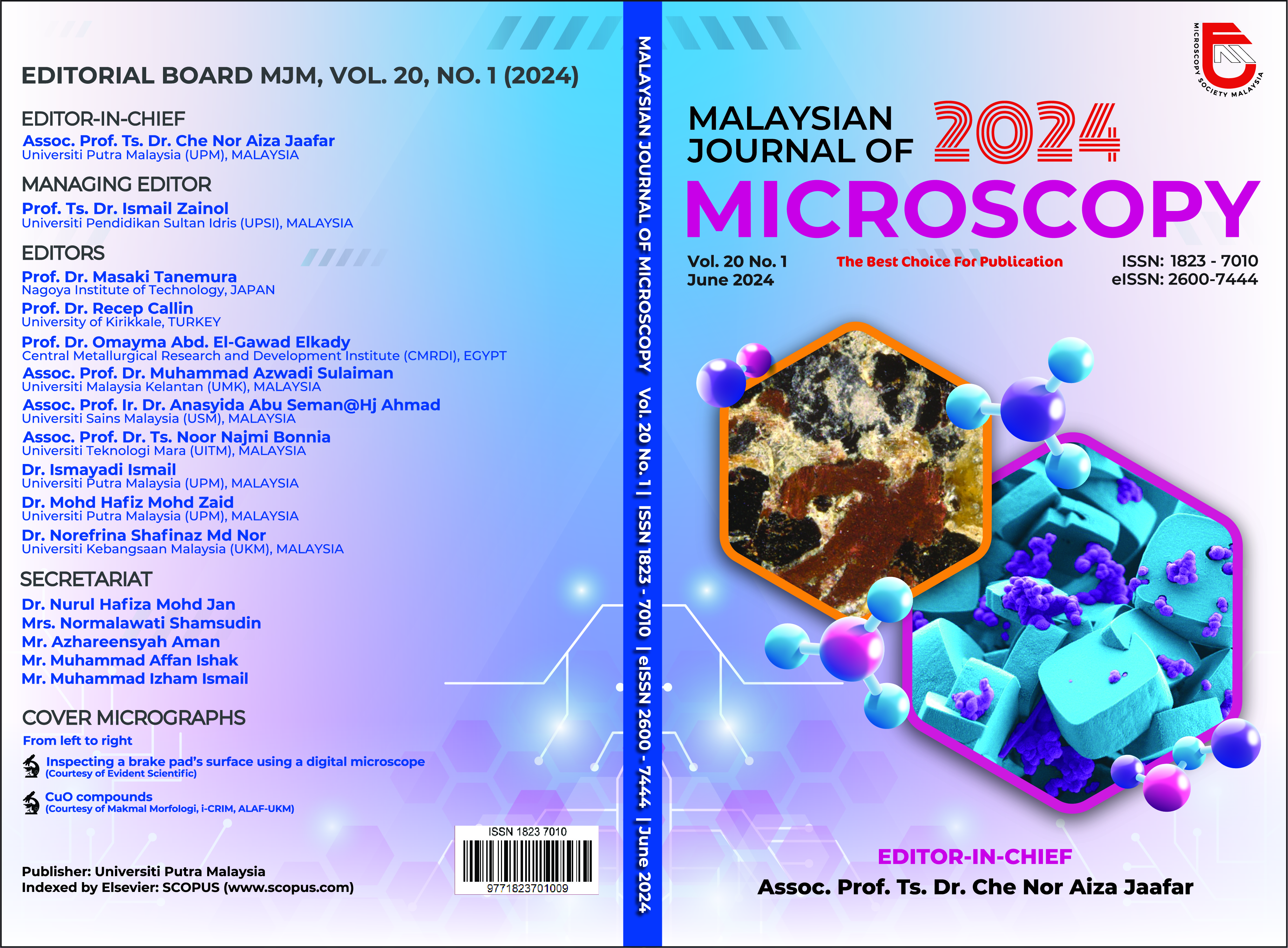UNLOCKING THE POTENTIAL OF BASIDIOMYCETES IN VALORISATION OF EMPTY FRUIT BUNCH: A BUZZING ALTERNATIVE FOR RUMINANT’S ROUGHAGE IN THE POST-PANDEMIC ERA
Keywords:
Biological treatment, low-quality roughages, in vitro gas production, oil palm by-products, edible mushroom
Abstract
The shortage of feed sources in Malaysia's livestock industry was a major issue well before the COVID-19 outbreak. The prices of imported ingredients have increased substantially over the past few years. In the meantime, the impact of climatic change is exacerbating a food crisis already fuelled by COVID-19, which compromised the existing sources of local feed supply. Alternatively, the continuous production of palm oil generates a large amount of lignocellulosic by-product known as empty fruit bunch (EFB). The EFB is a good candidate for roughage replacers, known as a valuable source of hemicellulose and cellulose. However, further treatment is required to render the highly recalcitrant cell wall of the EFB. The changes in the quality of shredded EFB after being subjected to bio-treatment of inoculation with S. commune, P. pulmonarius, and G. lucidum in flasks for 5 weeks of incubation were observed. A total of 45 flasks containing inoculated EFBs were placed randomly in an incubator, and weekly triplicate samples were harvested for further analysis. The treated EFB is composed of two times higher carbohydrate concentrations in comparison to untreated EFB. Based on the carbohydrates-to-lignin ratio (C/L), P. pulmonarius and G. lucidum had the highest tendency towards lignin degradation, yielding higher in vitro gas production, which was reflected by the improvement in the fermentation of structural carbohydrates in comparison to S. commune. The morphological results of treated-EFB demonstrated severe damage with a prominent striation along the fibre length, which increased the total surface area for rumen microbial attachment, except for S. commune. Therefore, P. pulmonarius and G. lucidum are the best candidates to improve the quality of EFB and have the potential to be fed as ruminant roughage replacements.
Published
2024-06-12
Section
Original Research Article


